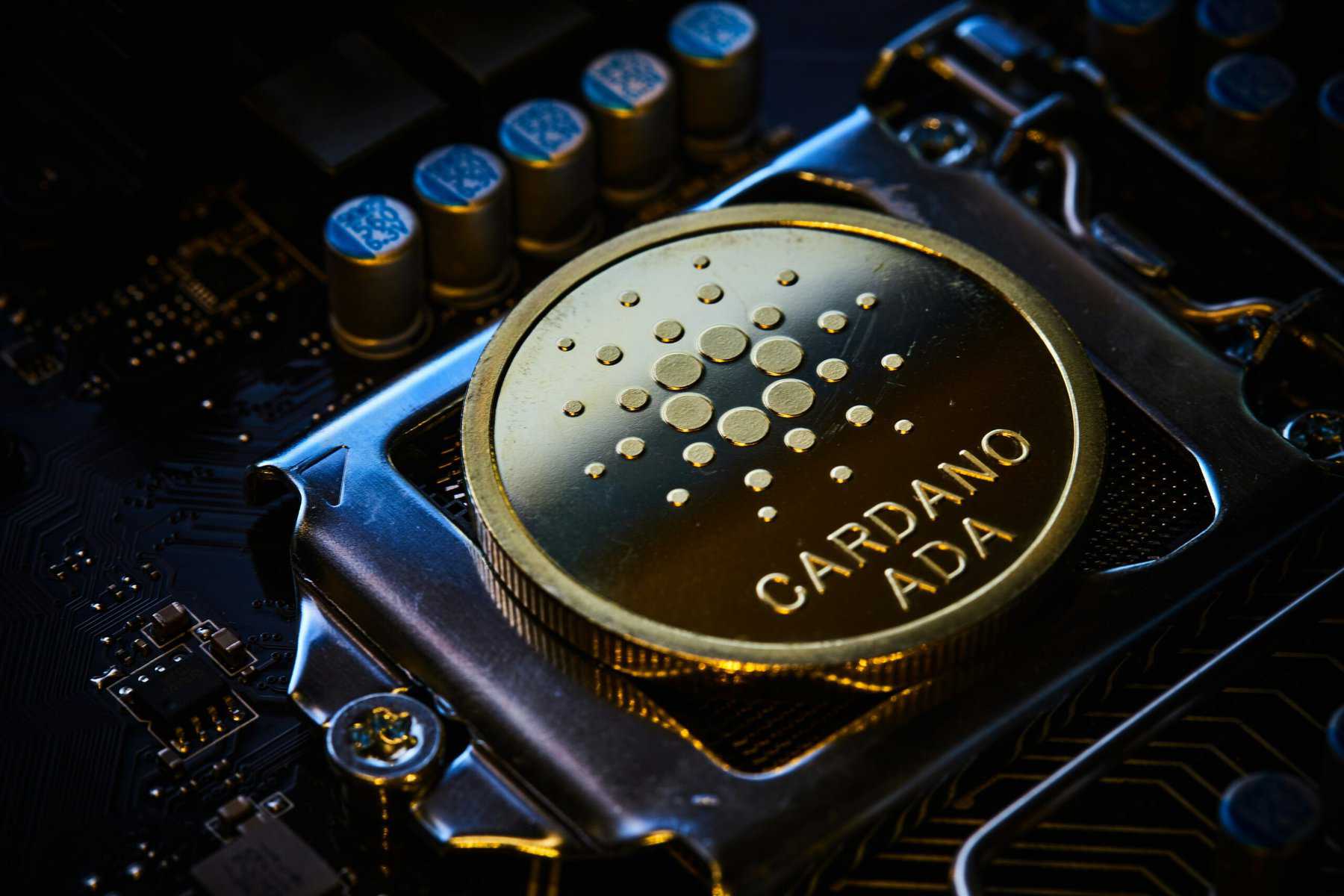Tuur Demeester, a prominent voice in the Bitcoin community, recently fired back at Charles Hoskinson, the founder of Cardano (ADA). The spat erupted after Hoskinson’s controversial remarks about Bitcoin in a video that quickly made waves on social media. His words stirred the pot, leading to a heated debate about the future of the largest cryptocurrency.
Hoskinson didn’t mince words. He suggested that the industry doesn’t actually need Bitcoin. In his view, another digital gold could emerge—one that might be even more secure. He likened Bitcoin to Windows, arguing that it could end up like the outdated operating system, overshadowed by more innovative platforms like iOS and Android. Hoskinson warned that Bitcoin might die a slow death if it doesn’t adapt, losing attention and innovation along the way.
Demeester, however, wasn’t buying it. He pointed out Cardano’s waning influence as a stark contrast to Hoskinson’s bold claims. In the last three years, ADA’s dominance has nosedived, shrinking from 10% of Bitcoin’s market cap to a mere 1%. This decline reflects the harsh reality Cardano faces in the market. Once a top contender, it now struggles to maintain its place among the biggest cryptocurrencies.
ADA’s fall from grace is evident. It has slipped out of the top 10 cryptocurrencies on CoinMarketCap, a far cry from its former status as one of the giants alongside Bitcoin and Ethereum. The numbers tell a grim tale for ADA, Cardano’s native token. From its all-time high in September 2021, ADA has plummeted by a staggering 89.2%.
Cardano’s Endeavours
The recent Chang hard fork, which introduced decentralized governance, was hailed as a significant milestone for ADA. Yet, despite the fanfare, it failed to deliver a substantial boost to ADA’s price. The market’s response was underwhelming, raising questions about Cardano’s relevance in a fast-evolving crypto landscape.
Metrics highlight the growing divide between Bitcoin and Cardano. Bitcoin’s market dominance stands firm at over 45%, a testament to its enduring appeal as digital gold. Meanwhile, Cardano’s market cap struggles to keep pace, now accounting for less than 1% of Bitcoin’s value. These figures underscore Demeester’s argument that Bitcoin remains the bedrock of the crypto industry, while Cardano’s influence continues to wane.
In this clash of crypto titans, the stakes are high. Hoskinson’s vision of a world without Bitcoin faces stiff opposition from those who see the cryptocurrency as irreplaceable. Demeester’s rebuttal is a reminder that in the volatile world of digital assets, numbers don’t lie. As Cardano fades from the spotlight, Bitcoin’s dominance remains unchallenged, at least for now.


